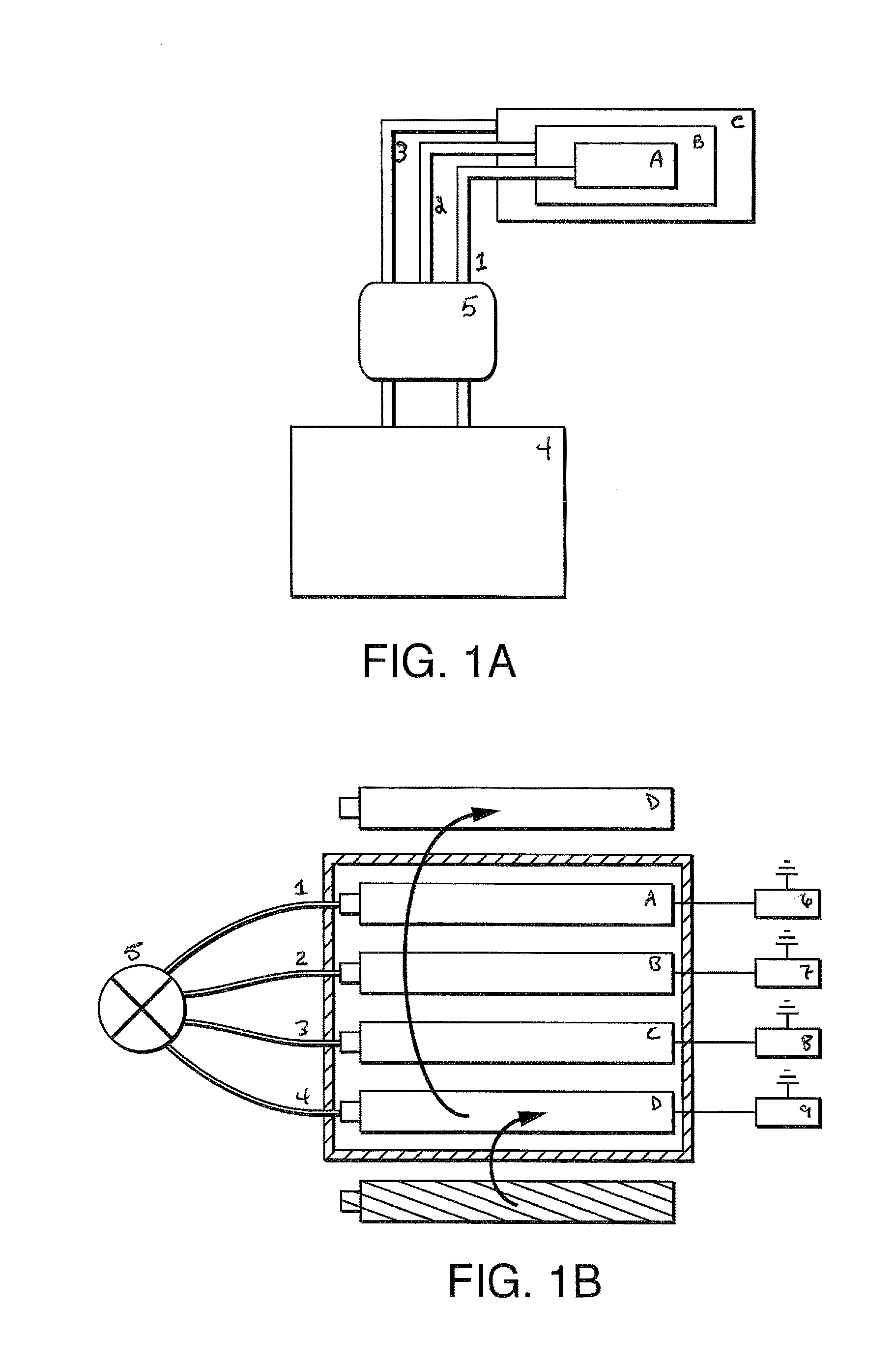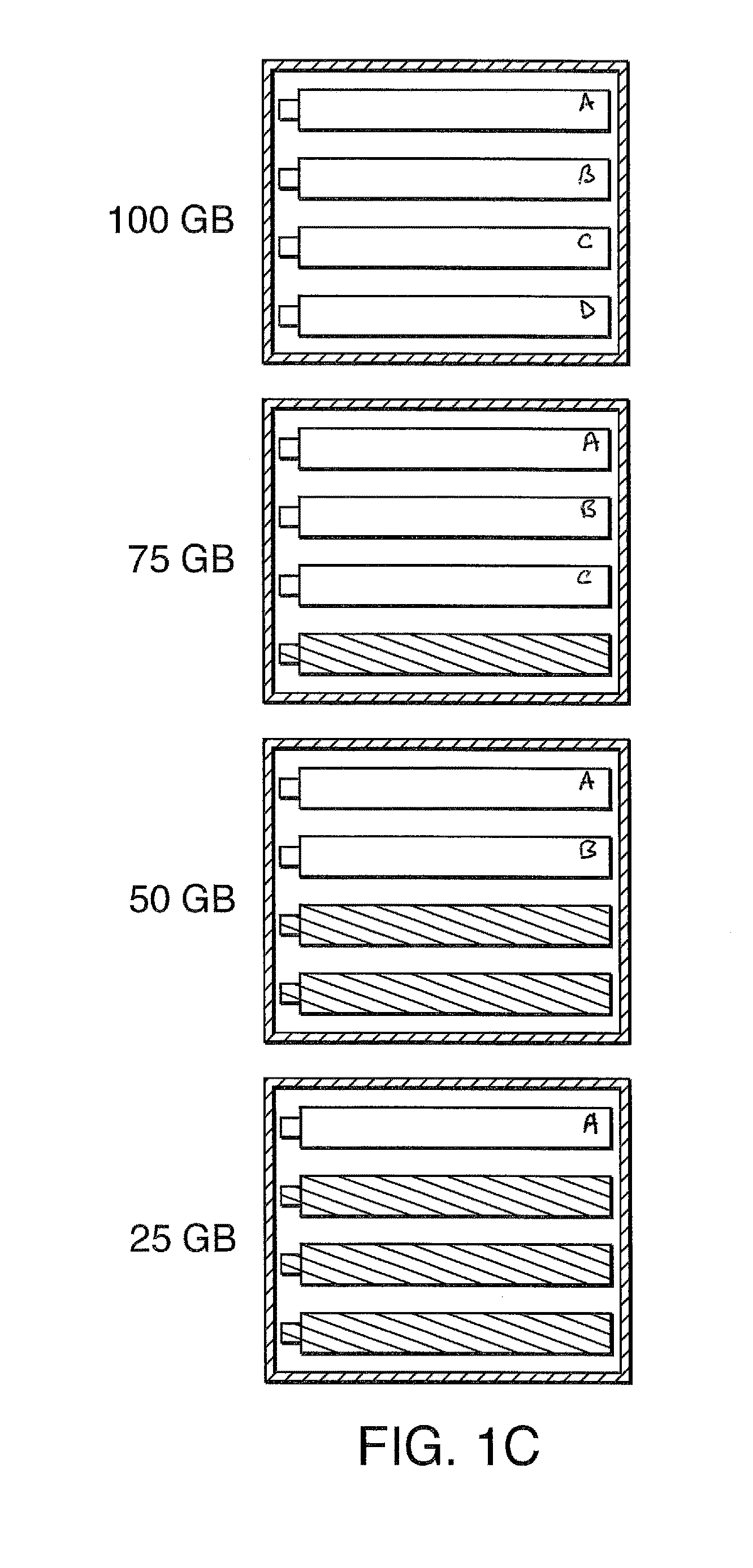Modular flow cells and methods of sequencing
a flow cell and flow technology, applied in the field of modular flow cells, can solve the problems of unfavorable results, waste and higher costs, and the average researcher with the smaller project to be excluded or (at best) forced to wait days to weeks, so as to reduce the amount of image area, the effect of reducing costs and speeding up imaging times
- Summary
- Abstract
- Description
- Claims
- Application Information
AI Technical Summary
Benefits of technology
Problems solved by technology
Method used
Image
Examples
Embodiment Construction
[0017]In one embodiment, the present invention contemplates carrying out nucleotide incorporation in a device, including automated devices comprising modular flow cells. Solutions comprising various combinations of biomolecules are contemplated; such solutions can be, in one embodiment, conveniently stored in reservoirs which are in fluid communication with the modular flow cells. A series of steps can be carried out to introduce these solutions (and the reagents they contain) into the reaction chamber (e.g. by valving) to carry out the reaction(s).
[0018]Thus, in one embodiment, the present invention contemplates a method of incorporating labeled nucleotides into nucleic acid, comprising: a) providing i) a modular flow cell comprising a plurality of modules, each module comprising biomolecules (e.g. primer, nucleic acid template or both) bound to a surface (e.g. of a lane, fluidic channel, or bead in a lane or channel), said plurality of modules sharing an input and output port, ii)...
PUM
| Property | Measurement | Unit |
|---|---|---|
| length | aaaaa | aaaaa |
| length | aaaaa | aaaaa |
| length | aaaaa | aaaaa |
Abstract
Description
Claims
Application Information
 Login to View More
Login to View More - R&D
- Intellectual Property
- Life Sciences
- Materials
- Tech Scout
- Unparalleled Data Quality
- Higher Quality Content
- 60% Fewer Hallucinations
Browse by: Latest US Patents, China's latest patents, Technical Efficacy Thesaurus, Application Domain, Technology Topic, Popular Technical Reports.
© 2025 PatSnap. All rights reserved.Legal|Privacy policy|Modern Slavery Act Transparency Statement|Sitemap|About US| Contact US: help@patsnap.com



